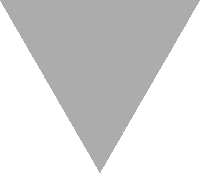
The Two Worlds Tarot Deck
Earth | Fire | Water | Air | Ether
Majors
0. Folly | I. The Vector | II. The Mystery | III. The Fountain
IV. The Empire | V. The Tome | VI. The Flowers | VII. Victory
VIII. Fortitude | IX. The Lantern | X. The Wheel | XI. Justice
XII. The Altar | XIII. Death | XIV. Temperance | XV. Vice
XVI. The Tower | XVII. The Star | XVIII. The Moon | XIX. The Sun
XX. Metamorphosis | XXI. The World
Suit Cards
| Coins: | 2 | | | 3 | | | 4 | | | 5 | | | 6 | | | 7 |
| Wands: | 2 | | | 3 | | | 4 | | | 5 | | | 6 | | | 7 |
| Cups: | 2 | | | 3 | | | 4 | | | 5 | | | 6 | | | 7 |
| Swords: | 2 | | | 3 | | | 4 | | | 5 | | | 6 | | | 7 |
| Bells: | 2 | | | 3 | | | 4 | | | 5 | | | 6 | | | 7 |
The Two Worlds Tarot deck contains three types of cards: elements, majors, and suit cards. Each of these types of cards is read differently depending on the card's orientation: upright or reversed. Upright and reversed definitions for every card, with variations, are spelled out on this site.
Elements — the cards Earth, Fire, Water, Air, and Ether — represent the fundamental sources of meaning in the Two Worlds Tarot.
Majors — based on the Waite-Smith tarot's Major Arcana — are powerful symbols which embody amalgams of meaning.
Suit cards — depicting collections of Coins, Wands, Cups, Swords, or Bells — can evince any number of meanings derived from their elemental associations.
Scroll to the bottom of any card definition page for a full listing of cards with links to their definitions.
